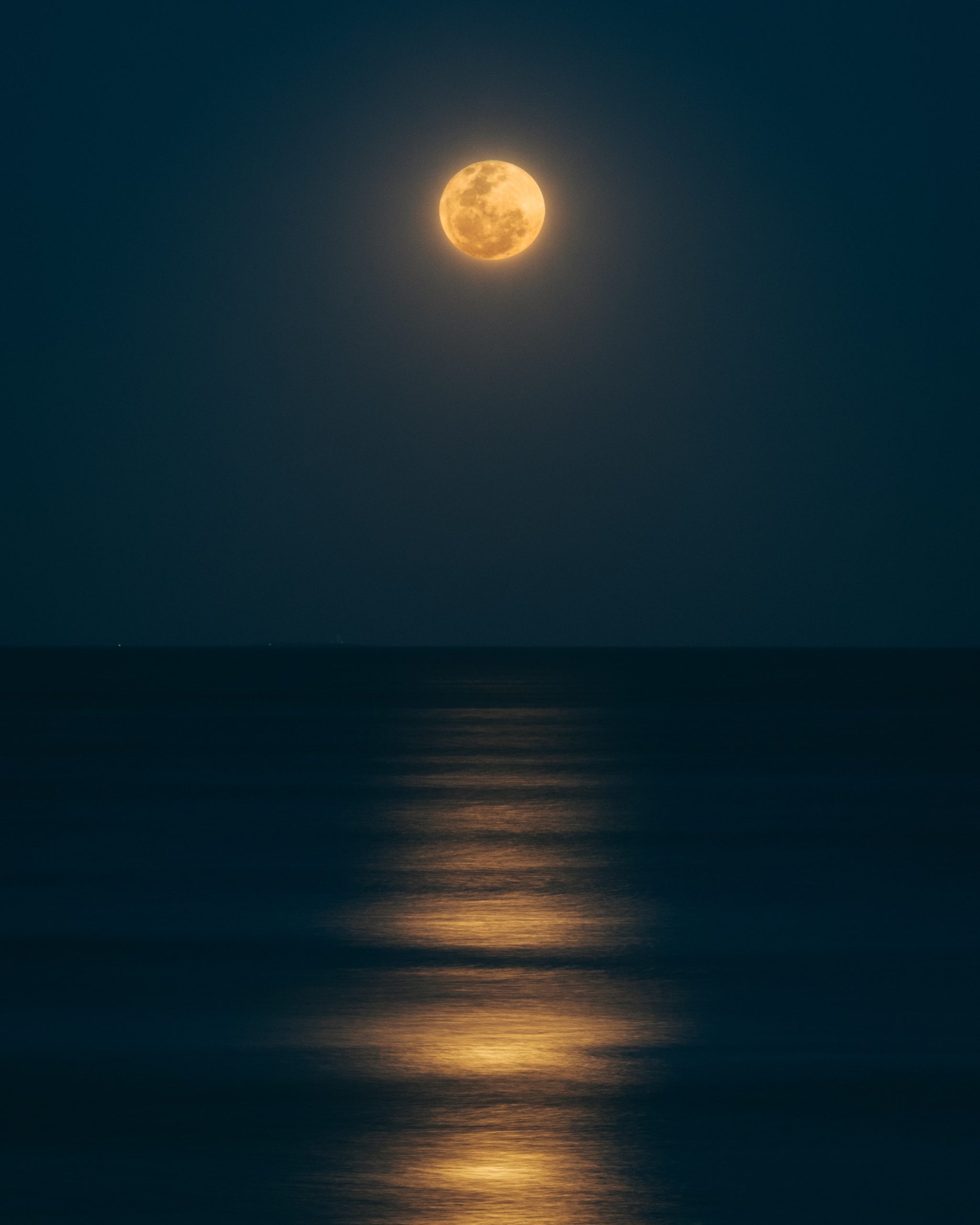What is a Waxing Crescent Phase?
When we look up at the night sky, we often marvel at the beauty and mystery of the moon. Its phases, from the dark new moon to the radiant full moon, have inspired countless myths, stories, and poems throughout history. One of the most fascinating phases of the moon is the waxing crescent, which marks the beginning of the moon’s journey towards full illumination. In this blog post, we will explore what exactly a waxing crescent phase is, how it occurs, and some interesting facts about this celestial phenomenon.
Understanding the Moon’s Phases
Before diving into the details of the waxing crescent phase, it’s important to have a basic understanding of the moon’s overall lunar cycle. The moon goes through eight distinct phases during its 29.5-day orbit around the Earth. These phases include the new moon, waxing crescent, first quarter, waxing gibbous, full moon, waning gibbous, last quarter, and waning crescent. Each phase represents a different amount of the moon’s surface that is illuminated by the sun.
Defining the Waxing Crescent Phase
The waxing crescent phase occurs between the new moon and the first quarter moon. During this phase, only a small, crescent-shaped portion of the moon is visible from Earth. The illuminated portion, known as the crescent, appears gradually larger each night as it inches closer to the first quarter moon. It’s important to note that the waxing crescent phase is only visible in the evening, typically within a few days following the new moon.
How the Waxing Crescent Phase Occurs
The moon’s phases are a result of its position relative to the sun and the Earth. During the new moon phase, the moon is located between the Earth and the sun, with the side that is illuminated facing away from us. As the moon moves along its orbit, we start to see a small sliver of illumination on its right side. This is the beginning of the waxing crescent phase.
At this stage, the moon’s orbit brings it higher above the horizon each night. As a result, the angle between the moon, the Earth, and the sun increases, causing the illuminated portion of the moon to grow larger. This process continues until the moon reaches the first quarter phase, where half of the moon’s surface is illuminated.
The Waxing Crescent in the Night Sky
To observe the waxing crescent phase, you’ll need to look towards the western sky just after sunset. Since the moon is close to the sun at this point, it will be low on the horizon and visible for only a few hours before setting. The exact timing and visibility of the waxing crescent phase will vary based on your location and the time of year.
When viewing the waxing crescent with the naked eye, you may notice a faint glow on the dark side of the moon. This is known as Earthshine, caused by sunlight reflecting off the Earth and illuminating the lunar surface. It adds a subtle dimension to the crescent that can be quite captivating for stargazers and photographers.
Interesting Facts about the Waxing Crescent Phase
- The waxing crescent phase is often associated with new beginnings and growth. Many cultures and religious traditions view this phase as a time for setting intentions, starting new projects, and embracing personal transformation.
- During the waxing crescent phase, the moon is typically less than half illuminated. This means that the dark side of the moon isn’t completely dark, but rather a dimly lit portion of the lunar surface.
- The angle of the moon’s orbit relative to the Earth’s equator affects the visibility of the waxing crescent phase in different regions. For example, during certain times of the year, the waxing crescent may be more visible in the northern hemisphere while less visible in the southern hemisphere, and vice versa.
- Some lunar calendars and astrology enthusiasts believe that the waxing crescent phase is a favorable time for manifesting intentions, starting new ventures, and embracing personal growth. It is seen as a period of optimism, energy, and potential.
- The waxing crescent phase is often associated with the element of air in astrology. It is believed to be a time for mental clarity, fresh ideas, and intellectual pursuits.
Conclusion
The waxing crescent phase is a magical and transformative stage in the moon’s cycle. It marks the beginning of the moon’s journey towards full illumination, and it holds a deep symbolism of new beginnings, growth, and opportunity. Observing this phase can be a reflective and inspiring experience, connecting us to the vastness of the universe and reminding us of the constant cycles of change. So, next time you find yourself gazing up at the night sky, take a moment to appreciate the delicate beauty of the waxing crescent and the mysteries it holds.
Table of Contents
